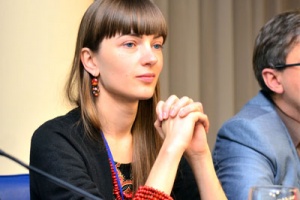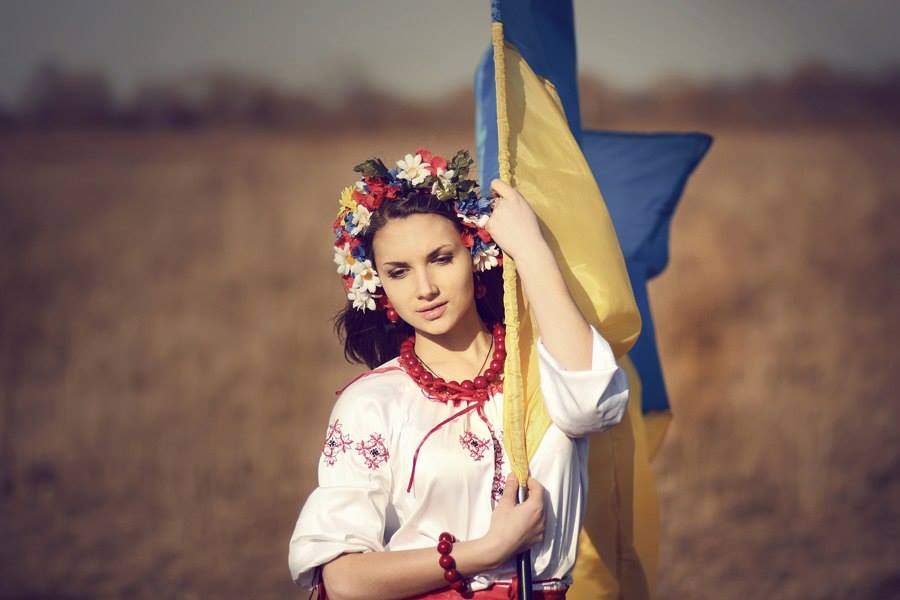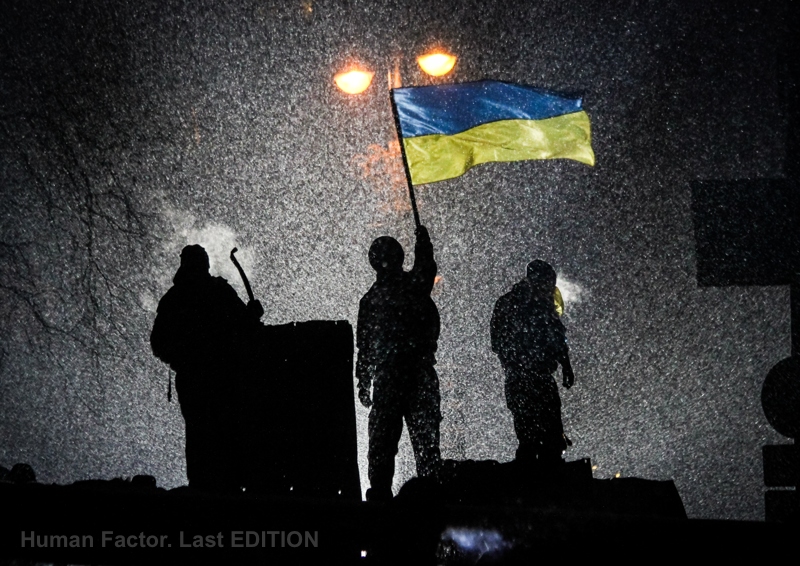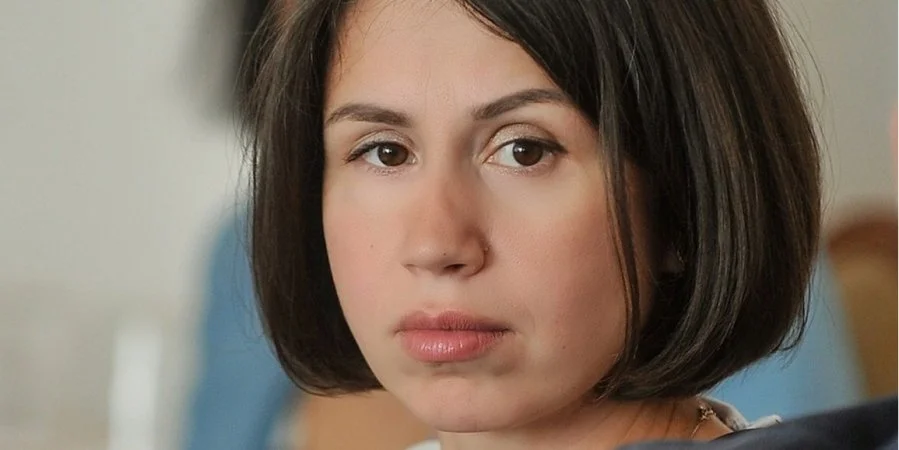Ukrainian photographers have found an innovative way to tell about the bloodiest day of the Euromaidan revolution. 20 February 2014 is the day when 47 protesters were killed at Vulytsia Instytutska, which is now renamed to the Heaven’s Hundred Lane in honor of those who died during the confrontation on Maidan. The project is called Aftermath VR: Euromaidan.
The details of the campaign can be found here:Aftermath VR: Euromaidan is an immersive VR documentary project about the revolution in Kyiv, Ukraine
“I was fed up with unobjective coverage of the event, even if the misinterpretation was not on purpose,” Serhiy explains his desire to create a virtual reality project about Maidan.He says that the simple desire of photographers to make good shots shapes the entire impression given by an event:
“The purpose of a photographer’s work is to catch the most telling moments from the whole event. For example, in January 2014 during the events on Vulytsia Hrushevskoho [when the first clashes with law enforcements and the protesters had taken place – Ed.] these telling moments where tires, Molotov cocktails, barricades on fire, a black man on the background of yellow fire. Also, it looked incredibly beautiful. So it resonated in the works of many photographers who used approximately the same technical characteristics. As a result, it seemed that the whole city was on fire. In fact, only 30 meters of one street were. This influenced further events. Ukraine’s international partners saw these pictures and had to react. And this influenced what was going on here and so on.”The director adds that the way how photographers recorded the February killings allowed Russian propagandists to mix and match the shots to support their interpretation of events, creating a fake story based on real materials. The authors say that their virtual reality project helps to see the real street at a real scale and the whole picture of what was going on.
How it looks like
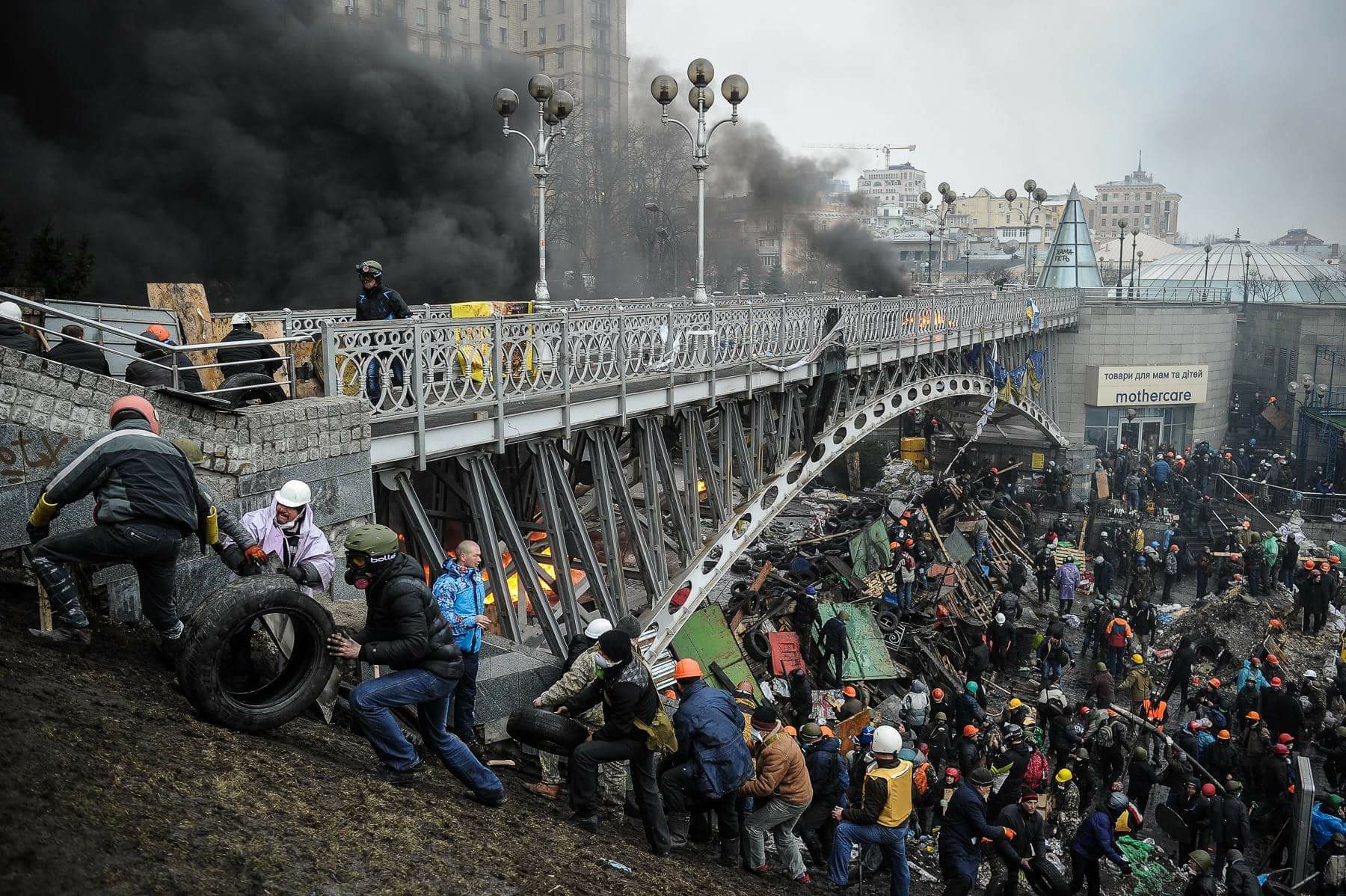
“The idea is that you are always on the frontline. You repeat the path of the protesters,” explains Oleksii.The photos will appear at the places where something had happened.
“In our work we combine a chronological statistical approach and the approach of a character-driven story,” explains Sergii.During this virtual trip, a viewer finds artifacts, photos, and videos with explanations from that day. They are also connected to the timing of the events happening on February 20. “Also, we made 360° video interviews with people who were at Instytutska on 20 February. And we found pictures of these people made by professional photographers on that day. For example, there is a guy who was injured and we have a photo where people provided medical help to him. We combine these stories into one,” Oleksii continues.
Emotional bomb
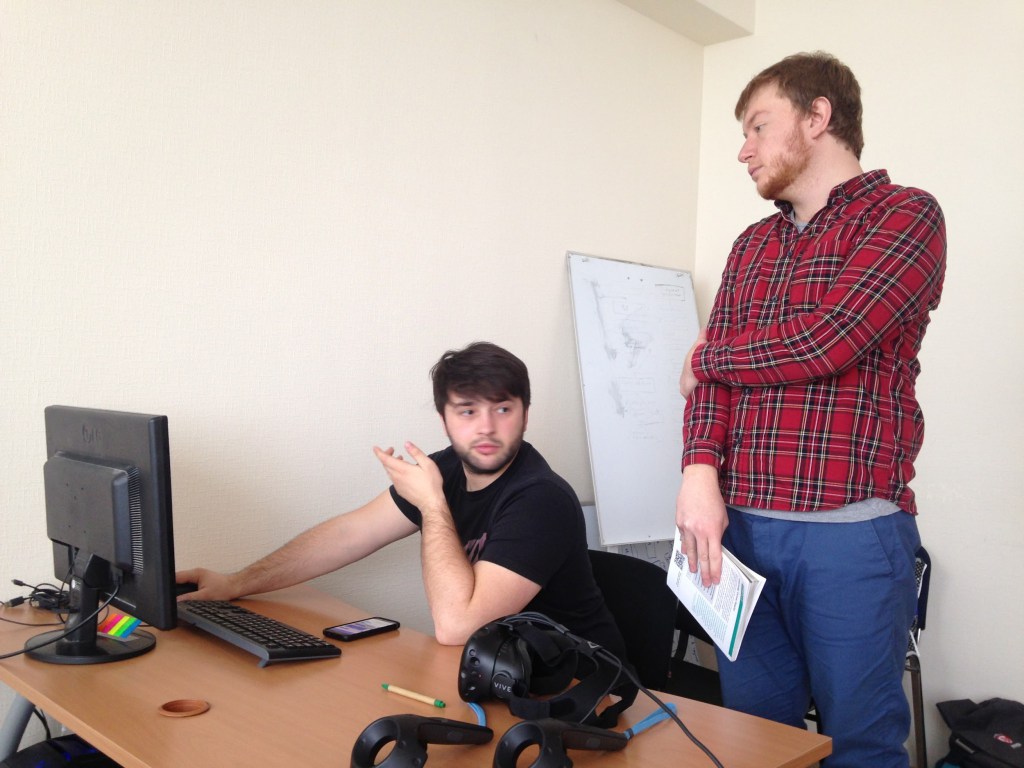
“The most shocking sight were the bodies of the killed and injured in the lobby of the hotel ‘Ukrayina‘,” Serhii recalls.Oleksii adds – on that day, they did not fully understand what was going on:
“I returned several times, as the confrontation started on 18 February and continued to the 20th. I had no feeling that something terrible happened. We understood that the Berkut [the riot police tasked with pacifying the protesters – Ed] opened fire, but at 10 AM we couldn’t estimate the number of victims. I saw that the injured were taken away – some were in a better condition, some had it worse.”For the project, the photographers had to return to the street where the deadly events had happened for over 100 times. Moreover, they had to look over the pictures and videos from that day a hundred times over:
“I have to say that the work on the project helped me to cope with this post-traumatic syndrome,” says Oleksii.For Serhii, this approach is not helpful. He says that when he is on the street, he views it from a pragmatic point of view – to do the work for the project. However, it is different when he has to review the pictures from those days:
“I should do it alone during the nights. I still start crying when I see them.”The project is unique not only for Ukraine. The photographers say that no one has ever recreated such a large area in virtual reality.


